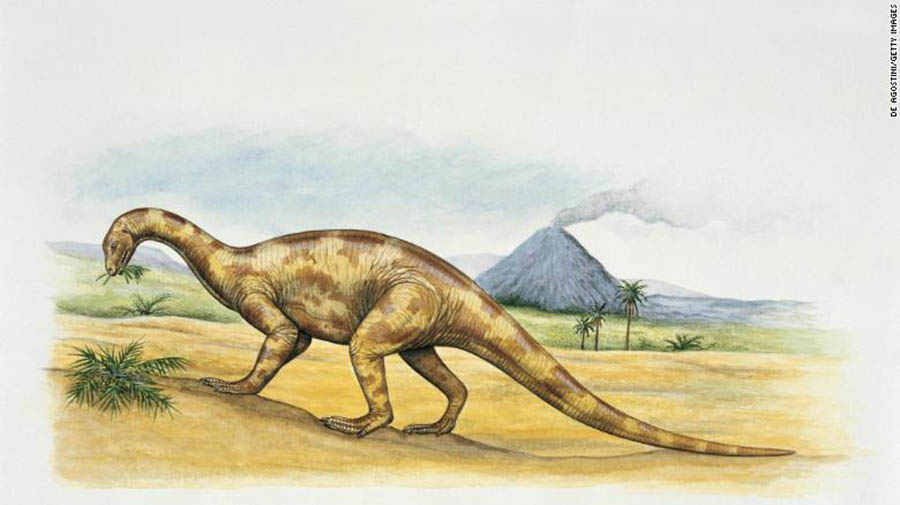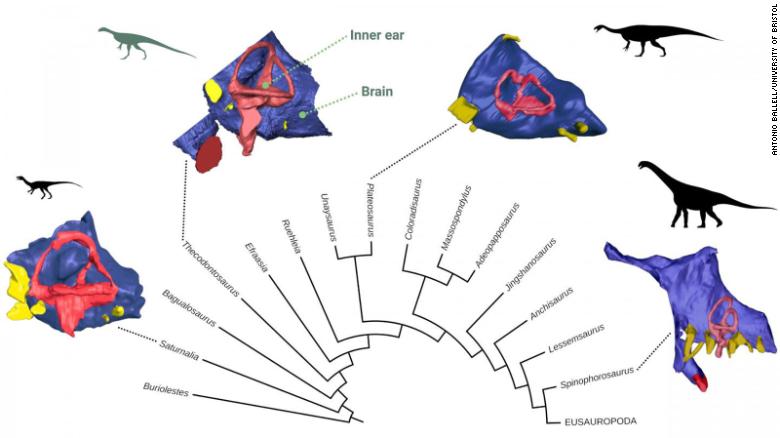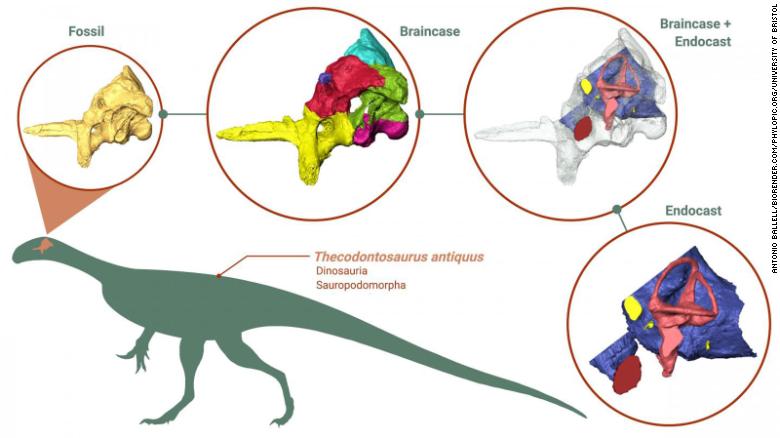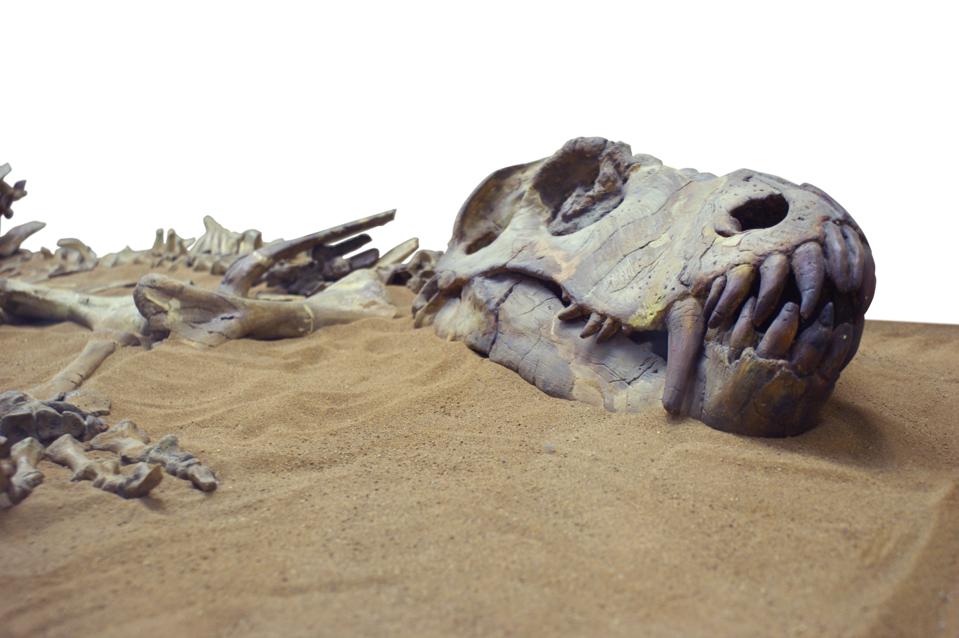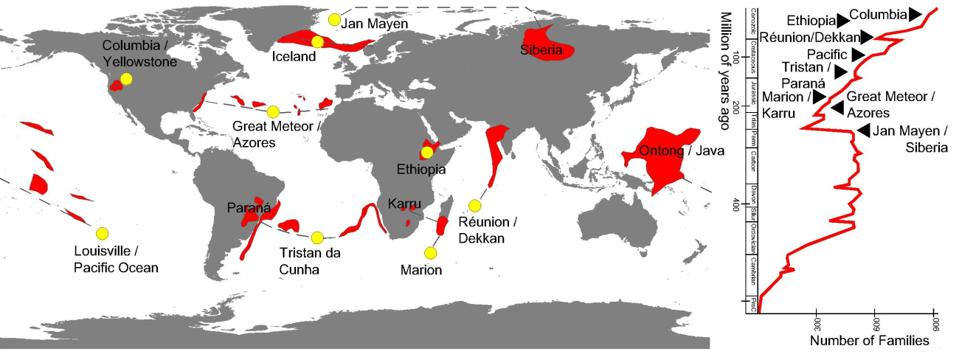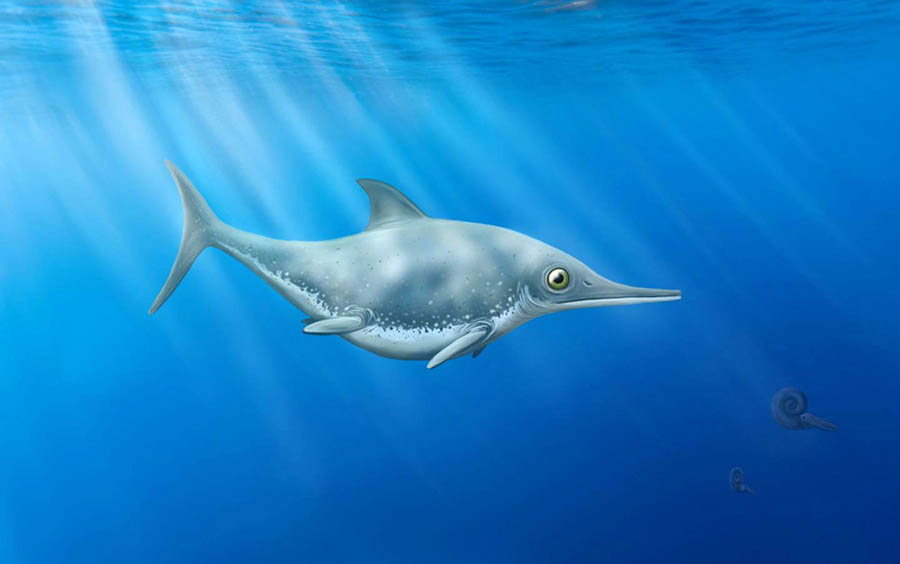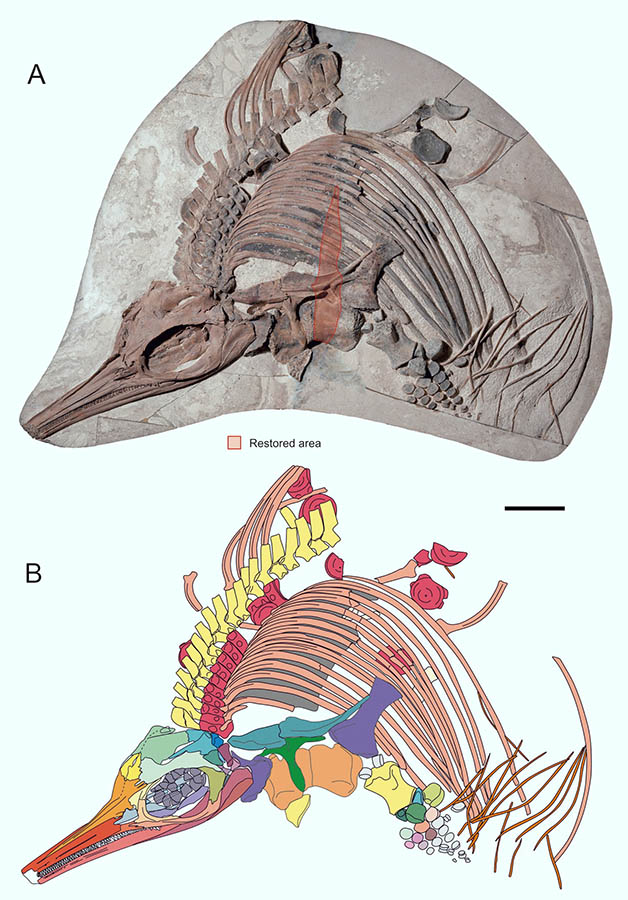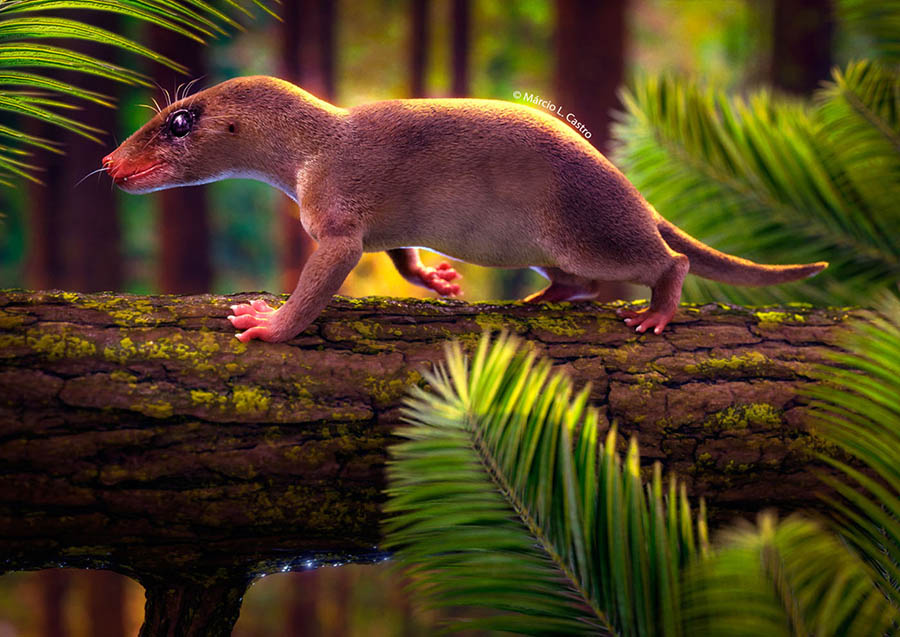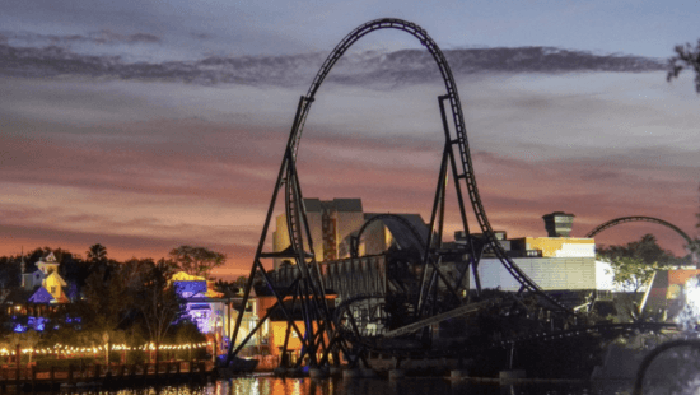
Jurassic Park wouldn't be the franchise it is without Ian Malcolm - but the fan favorite character doesn't get everything right!
When it comes to franchises where fans preferred the movie to the books, there’s little argument against Jurassic Park. This series has taken a life of its own, with the movies dating back almost thirty years by this point. It wouldn’t have been possible without fan-favorite characters like Ian Malcolm.
Within this universe, Malcolm is probably the only sane man, in that he’s almost always right about the things he claims will go wrong. His eccentric mannerisms might make people underestimate him, but Ian was correct quite a lot. However, there were also decisions and choices that went against him, meaning he was also wrong on a few occasions.
10 - Wrong: His Attempt To Go Public With Jurassic Park

Malcolm decided not to stick to the non-disclosure agreement he’d signed prior to arriving at Jurassic Park and went public with his experiences there. This backfired on him in more ways than one, as Peter Ludlow launched a campaign against Malcolm that widely discredited him.
By the beginning of The Lost World, Malcolm had become something of a joke to the public, considered by most as a crackpot. He would’ve done better by keeping things on a smaller scale and gathering followers before making an attempt to go after inGen.
9 - Right: Dinosaurs Will Take Over The World

One of the mistakes that Jurassic World: Dominion needs to avoid from Fallen Kingdom is reducing Malcolm’s role. Even in his cameo, he was spot on about the dinosaurs taking over the Earth. This actually stretched as far back as the first movie.
Malcolm had asserted that dinosaurs didn’t know what the food chain looked like and would react violently. He was certainly right, as the creatures eventually did spill out into the mainland, thereby ushering in the Jurassic World.
8 - Wrong: Writing About His Experience In A Preachy Manner
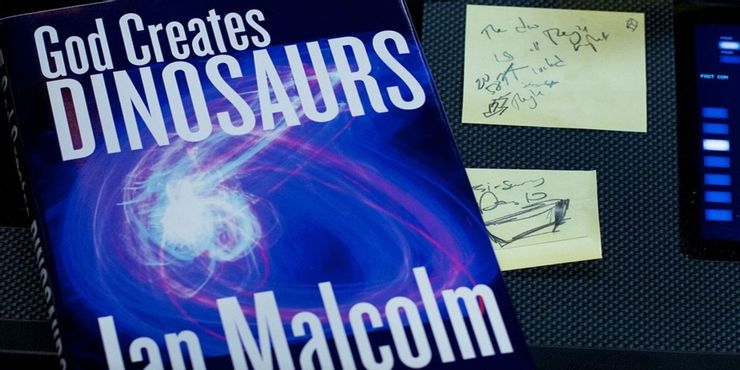
One of the ways that Jurassic Park III has aged well is the realistic outlook it portrayed over how dinosaurs would leave things in ruins. In the film, Eric Kirby claimed he read Ian’s book but found the writing to be too preachy and everything being about chaos.
This was a mistake on Ian’s part since his words were being misconstrued despite the fact that he was right about all he claimed. By deciding to be preachy with his prose, he made detractors out of people who would have been inclined to be in his favor.
7 - Right: John Hammond Was Basically Playing God

The clashes between Malcolm and John Hammond were a recurring part of the movies. In Jurassic Park, Ian claimed that Hammond was harassing the natural order, as dinosaurs had their shot and Hammond was only playing God by combining mankind with them.
He turned out to be right in the first movie itself, as Hammond had no control over these creatures who did try to kill everyone. What’s more, people like Ludlow and Masrani became inspired by Hammond and decided to play God as well, proving Malcolm right as the other men also failed.
6 - Wrong: Voting For The Dinosaurs Not To Be Rescued

The beginning of Jurassic World: Fallen Kingdom showed Ian testifying at a hearing about the dangers of dinosaurs. He was adamant that the creatures be left to die on the exploding island, but Malcolm wasn’t there to witness the event itself.
As was seen by Owen and Claire, the dinosaurs met a horrible demise, with heartbreaking sights including them drowning and succumbing to the deadly vapors of the destruction. Despite the dinosaurs’ status as genetically created animals, they still were living beings who didn’t deserve such a horrible fate.
5 - Right: Isla Sorna Shouldn't Have Been Explored

John Hammond remained adamant that he could tame the dinosaurs and hoped Isla Sorna might reap better results. He was able to convince Ian’s girlfriend Sarah to go, although Malcolm himself was aghast at the idea of going back to the dinosaurs.
In the end, Isla Sorna turned out to be an even bigger mistake than Isla Nublar, as the creatures on this island wreaked havoc on the humans. It also led to the dinosaurs almost taking over the mainland, with only Ian and Sarah’s intervention preventing this.
4 - Wrong: Distracting The T-Rex In Isla Nublar

The sheer dumbness of Malcolm’s decision to lure an actual T-Rex after himself has made this one of the funniest scenes in the series for some fans. Mainly, it’s because the move didn’t achieve much, as Alan Grant had already successfully managed to distract the T-Rex.
Ian’s effort was most definitely brave, but all it really did was get Malcolm himself injured and led to the death of Donald Gennaro since the T-Rex was led to his position. Malcolm would have been more useful had he stuck by Alan instead of throwing himself in harm’s way.
3 - Right: His Plan To Get The T-Rex Off The Mainland

Peter Ludlow was able to capture a T-Rex and his infant to bring to the mainland. This backfired when the T-Rex killed all the crew, eventually being released out in the open. Ian came up with the plan to use its infant in order to lure the T-Rex back to the ship.
This plan worked just as well as hoped, with the T-Rex pursuing Ian and Sarah before being locked up. Even better was how it led to one of the best kills in the series, as the dinosaurs finished off Ludlow when he became trapped in with them.
2 - Wrong: Asking Eddie Carr To Save Him

Eddie is easily a character who didn’t deserve to die, being a hero who saved the lives of his friends by sacrificing his own. His death arrived due to Malcolm enlisting his help, as events eventually led to Eddie being the one to try and save Ian and the others from falling down a cliff.
Eddie’s efforts only brought attention to his position, though, as he attracted the T-Rexes that had only just departed. This means he died in vain, which was possible because Ian was the one to convince Eddie to come along.
1 - Right: That Life Finds A Way

It’s gone down as his most iconic quote yet, as Malcolm predicted that dinosaurs would somehow take over and continue to grow without human intervention. He argued that life would find a way, which came to pass as the dinosaurs were able to change their genders to allow for breeding.
This was one of his earliest predictions, which turned out to be the most significant one yet as the entire series is based around this idea. Had Malcolm’s words been heeded, none of the death and destruction caused by the dinosaurs would have come to pass.
Source: https://screenrant.com/
